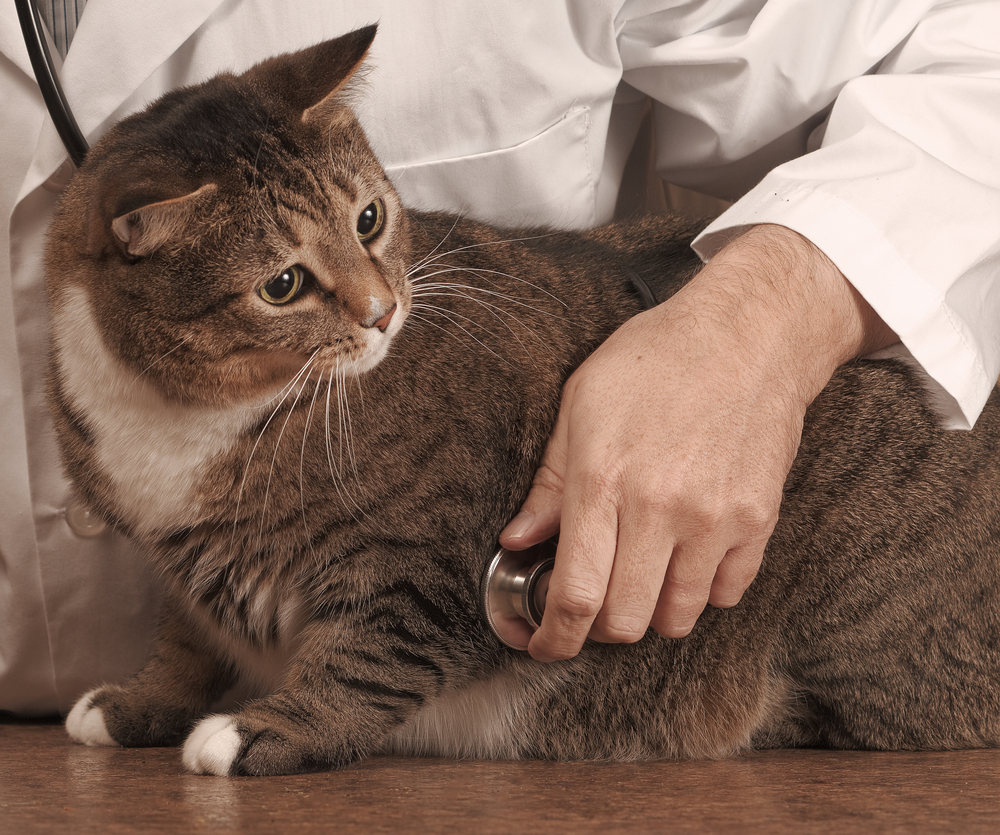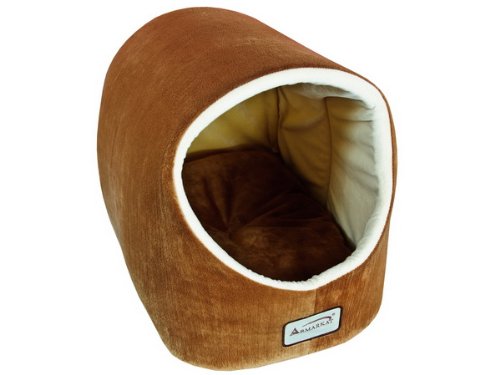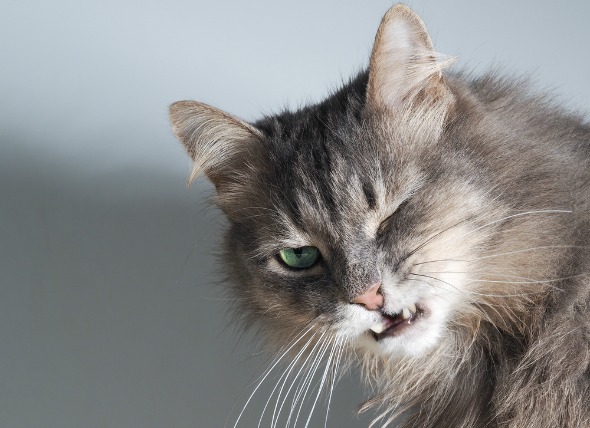
One type of worms in cats is caused by the parasitic worm known as Capillaria – the condition is capillariasis. The worm infects the urinary bladder and sometimes other parts of the urinary tract.
Often, there are no symptoms and diagnosis of the cat worm is incidental. However, especially in cats with a heavy infection, symptoms include:
Infected cats are usually over 8 months of age.
Capillaria plica and Capillaria feliscati are the parasitic worms that can cause capillariasis in cats. The lifecycle of the worm is not completely understood. However, we know that ova (worm eggs) pass out through the urine of infected cats. These ova embryonate and then may be ingested from the soil by earthworms. The Capillaria worm then continues to develop inside the earthworm to an infective stage. When another cat then ingests the earthworm, infection can occur.
Diagnosis of this cat worm is through identification of Capillaria ova in the urine of the infected cat. The ova are characteristic in appearance: football-shaped with plugs at both ends of the ova.
Treatment is often not recommended if the cat is not ill. However, if symptoms of worm infection are present, fenbendazole or ivermectin can be used to treat the infection.
Keeping cats indoors, where there is no access to earthworms, should prevent capillariasis.
 Hernia (Inguinal) in Cats
Inguinal Hernia in Cats
An inguinal hernia is a c
Hernia (Inguinal) in Cats
Inguinal Hernia in Cats
An inguinal hernia is a c
 Excess Protein in the Cat's Urine
Proteinuria in Cats
While in some cases abnormall
Excess Protein in the Cat's Urine
Proteinuria in Cats
While in some cases abnormall
 Tabby Cats as Family Pets
Who has not had the experien
Tabby Cats as Family Pets
Who has not had the experien
 High Blood Pressure in Cats
Systemic Hypertension in Cats
Hypertension
High Blood Pressure in Cats
Systemic Hypertension in Cats
Hypertension
 Acute Respiratory Distress Syndrome (ARDS) in Cats
Shock Lung in Cats
Acute Respiratory Distress Syn
Acute Respiratory Distress Syndrome (ARDS) in Cats
Shock Lung in Cats
Acute Respiratory Distress Syn
Copyright © 2005-2016 Pet Information All Rights Reserved
Contact us: www162date@outlook.com